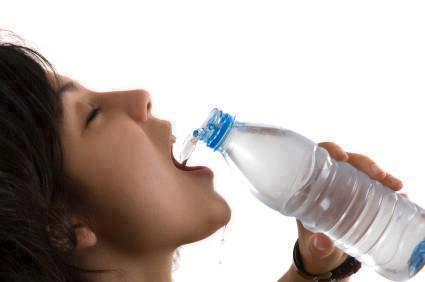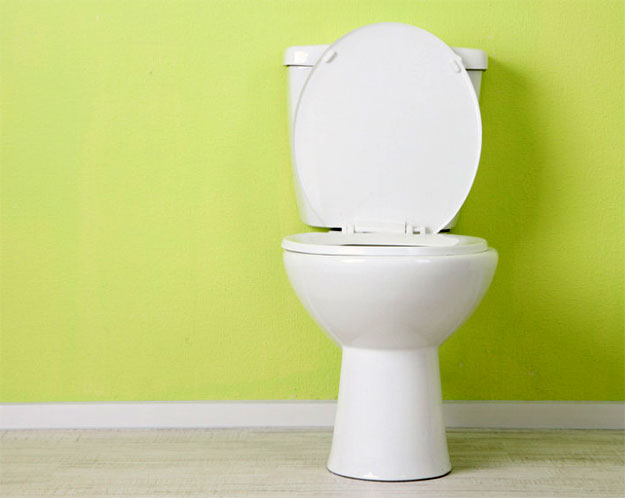Most of us have heard it a hundred times: drink eight glasses of water a day to stay healthy and hydrated. And while hydration is genuinely important for our health, if you’re guzzling all that water with your meals it can actually have a negative impact on your digestion.
 It’s true that the entire digestive system works more efficiently when it’s well-hydrated, but this doesn’t mean it should be flooded with cold water right when it’s working to digest your last meal. Too much water during meals can interfere with natural levels of acid and bile needed in the stomach to properly digest your food. In particular, too much cold water during meals can slow digestion and may cause cramping in sensitive individuals. Read more
It’s true that the entire digestive system works more efficiently when it’s well-hydrated, but this doesn’t mean it should be flooded with cold water right when it’s working to digest your last meal. Too much water during meals can interfere with natural levels of acid and bile needed in the stomach to properly digest your food. In particular, too much cold water during meals can slow digestion and may cause cramping in sensitive individuals. Read more





